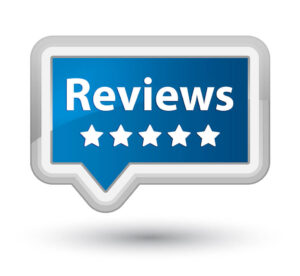
#WorkTrends: Building Trust In Uncertain Times
Listen to the full conversation and see our questions for the upcoming #WorkTrends Twitter Chat. And don’t forget to subscribe to the podcast, so you

Listen to the full conversation and see our questions for the upcoming #WorkTrends Twitter Chat. And don’t forget to subscribe to the podcast, so you

WorkTrends has been focusing on diversity and inclusion not as buzzwords, but as actions. Meghan invited Elena Joy Thurston to the podcast to share her

Meghan M. Biro on why we need to infuse a sense of fun into our remote workplaces.

New state and local laws addressing pay equity make salary disclosure illegal. Does your company know how to navigate these new policies?

We used to be swayed by traditional advertising and clever campaigns, but in the social age that has all changed. If you talk about yourself

We used to be swayed by traditional advertising and clever campaigns, but in the social age that has all changed. If you talk about yourself

The mobile and digital revolution has changed the traditional workplace as we know it. The companies that have embraced this change in the digital environment

The traditional workplace as we know it has changed. Everything is more global, more mobile and more digital. The smart companies that have embraced change

The truth is simple: your candidate experience can make or break your hiring process and potentially impact your business. According to the latest Global Talent

Hiring is a fact of business for companies, whether it be a consistent part of their process or an occasional effort. The one thing for

Smart companies and leaders are figuring out that rewards and recognition programs have a lasting impact on employees. From a small thank you to quick

Employee Recognition and Rewards are pulling up from the outside and gaining in speed quickly. Companies that are smart are already ahead of the curve

When it comes to leadership, one of the best cause and effect situations is when leaders care and step up to genuinely help and mentor…

When it comes to leadership, one of the best cause and effect situations is when leaders care and step up to genuinely help and mentor…

For small and medium businesses, there are two objectives in terms of recruiting and hiring that can be powerfully answered by Cloud-based systems. Given that

For small and medium businesses, there are two objectives in terms of recruiting and hiring that can be powerfully answered by cloud-based systems. Given that

Most HR specialists agree they want to get better at talent acquisition. In a 2016 SHRM survey of more than 2,300 HR professionals, respondents said

Most HR and business pros agree they want to get better at talent acquisition. In a 2016 SHRM survey of more than 2,300 HR professionals,

Gravitas has become the newest “it” factor in separating oneself from the pack. People with gravitas stand up, stand out and simply STAND when others
Gravitas has become the newest “it” factor in separating oneself from the pack. People with gravitas stand up, stand out and simply STAND when others

Whether you’re an employer or an employee, young or aging, health care is a big deal. It’s ever-changing and businesses are fighting to keep up

Whether you’re an employer or an employee, young or aging, health care is a big deal. It’s ever-changing and businesses are fighting to keep up

Culture is not just an HR “thing.” It is a business thing. Culture is the collective mindset and attitude of your staff, so it impacts

Culture is not just an HR “thing”, it is a business thing. Culture is the collective mindset and attitude of your staff, so it impacts

Employee Engagement. This is a workplace topic that is steady and strong, but why do so many brands fail at this all important relationship? Research